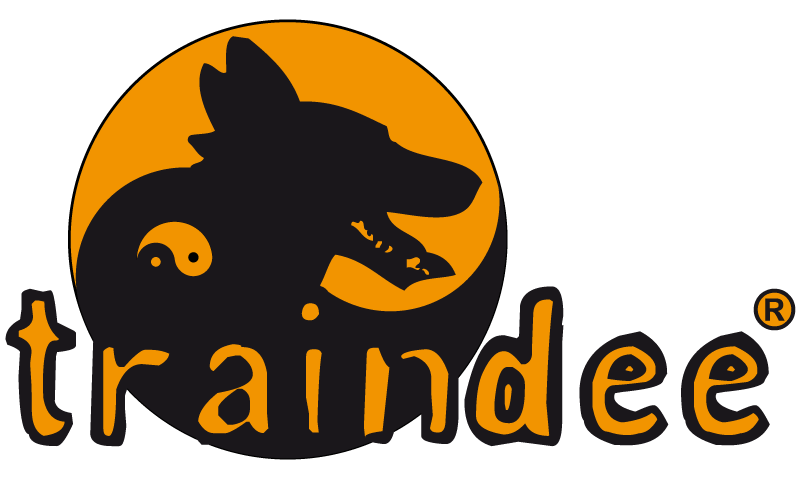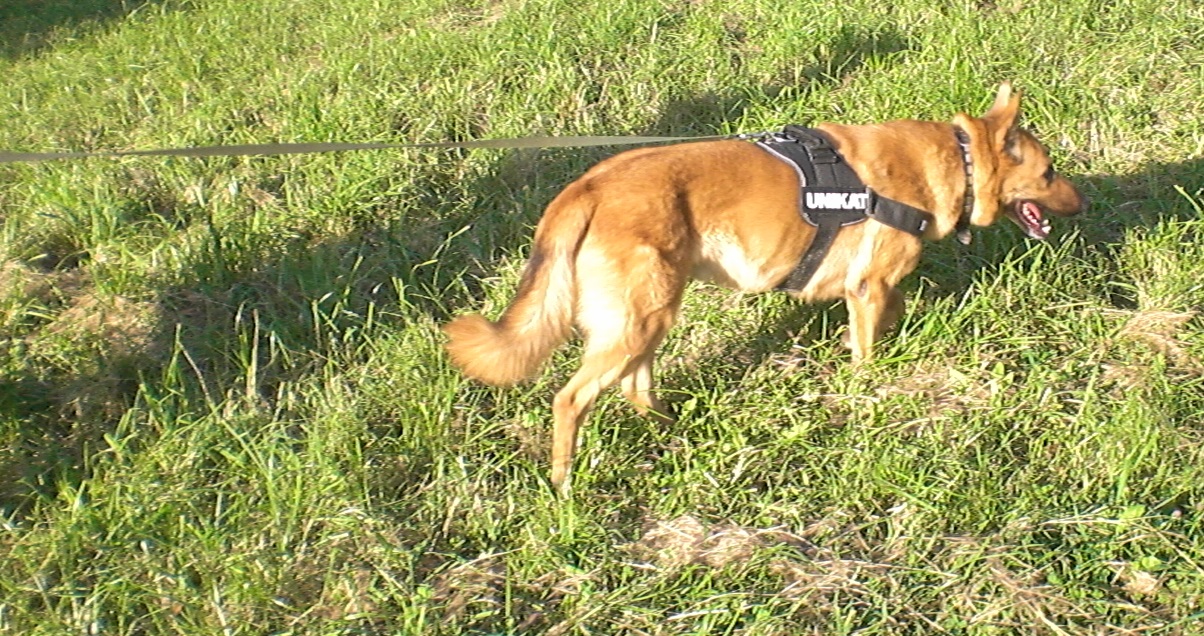And how and why the traindee® (the 4-way stretchable dog leash against pulling) is so effective and you can have success with it quickly and easily.
A classic topic but sometimes also an extremely important for a lasting harmonious togetherness in the human-dog relationship. And also here we have very often the problem on the side of the human lie, at least originally, from the dog owner often unconsciously only so really brought into being. And no, it is not “your fault”, you have nothing “done wrong” or can not deal with your “dog”, at least not consciously, but more about that later.
But first of all: don’t worry, many masters and mistresses struggle with dogs that pull constantly and often very hard on the leash and nothing seems to help against this undesirable behavior. All training tips were tried, a dog school was visited, private trainer lessons were taken. The glimmer of hope was there, briefly something worked, but the basic behavior did not change in the end and the dog pulls on the leash and nerves as usual. You are not alone here, enough people it goes with their beloved four-legged friends so. Not everyone can have the “perfect dog” that “functions” as we would like it to. It’s no different with children, but unlike our dogs, they can talk to us, which makes things a lot easier.
Why do some dogs actually pull on the lead? Or pull constantly and very strongly? Well, walking on the lead is nothing that would correspond to a “natural” behavior, just as little as it is the wearing of a muzzle. But just as humans have lost much of their naturalness and must or at least should behave in an adapted manner in society, the domestic dog today can no longer be compared to a wild animal or wolf. However, many of our behavior patterns are still firmly anchored in old parts of the brain and this also applies to the modern dog.
It is important to observe when exactly your dog pulls. Unfortunately, this is not as self-evident as it should be and quickly the standard repertoire of dog training is used for leash training instead of trying a no pull dog harness or the traindee lead for dogs that pull.
If your dog only pulls on the lead in certain situations, e.g. because he wants to go somewhere, then you can certainly work well with conditioning models, which I do not have to go into detail now. At the same time, however, there is already the danger of unwanted conditioning from which you may later no longer be so easy to get out of the pulling behavior.
If your dog pulls while walking or hiking, outdoor jerking, because he simply has a lot of kinetic energy and wants to follow this urge to move, then you can not forbid him completely, that would be absolutely counterproductive and certainly not healthy. Try to give him as much as possible and as often and as soon as possible the chance to discover, sniff out and exhaust himself. But again, be careful not to get into an unwanted conditioning that turns an originally rather harmless pulling behavior on the lead into a manifested problem.
If you really have the problem of pulling on the leash all the time and in every situation, please think about how and when it started. Maybe in one of the situations described above?
What we are now looking at in more detail is the unintentional/unwanted conditioning already mentioned at the beginning, i.e. the unintentional “building up and repeating” of an actually undesirable behavior – pulling on the dog lead.
Now what does that mean exactly? – Quite simple:
In your dog school or with your dog trainer, you will work today (hopefully) without violence and with positive reinforcement, so you will reward your dog for desired behavior, through attention, petting, praise, treats. What does that mean, broken down very simply – your dog does something you would like him to do (e.g. sit) and you reward him for it. This way the dog learns to “cooperate” with you in a pleasant way.
But what if it is not the treat as a reward (it does not have to be constantly!), but e.g. praise or petting? What does praise mean? – Correct, attention! Attention (attention, reaction, play) is considered one of the strongest reinforcers in psychology. According to a study (which I learned about at a seminar 2 years ago, I would have to ask for the source), attention is even stronger than the reward of food (and here I have also had absolutely opposite experiences, but with real “special cases”).
So much for the basis and theory. How did the pulling start with your dog and how did you react to it? Were you perhaps annoyed, stressed, did you already have pain from the constant pulling in the shoulder, the elbows, the palms? Did you almost slip, stumble because your dog pulled you across the area?
All right, so how did you react to that? Possibly cursing, screaming, scolding? And what did this reaction to the pulling then mean for the dog? That’s right! Attention. Attention in response to the dog’s pulling behavior. Attention in the form of words. And whether you say happily “you did a great job” or angrily “that’s enough”, your dog can’t distinguish the content, it remains a reaction/attention. (Although the dog can of course recognize the different emotions).
So you may have reinforced the leash pulling and conditioned it in the first place, “trained” it. And here again it is important to note that this can, but does not have to be the specific cause in the individual case.
However, you as a human being are the important factor, and many trainers often do not pay much attention to the human being if he or she is simply overstrained and stressed. In many cases, it is primarily a matter of taking away the stress that the pulling dog exerts on the human. If the human being has no more reason to get angry about the dog pulling on the leash, he will also be able to stop the reinforcing signals through his language as an expression of his anger and thus break out of the “vicious circle”.
Exactly this succeeds you immediately and stress-free with the traindee® Whether as an expander to your favorite leash, as a training leash or simply for walks. You simply stay calm and thus have the necessary patience and composure for your dog!
As always, the request to work without violence and aversive means (pain, shock, etc.). Even a leash pressure is very counterproductive because it has been proven that it negatively affects the dog’s ability to learn and in the end only sees himself strengthened by it.
👉 You can find the latest information on purchasing the traindee® leash expander here.
Good luck and continue all the best!






